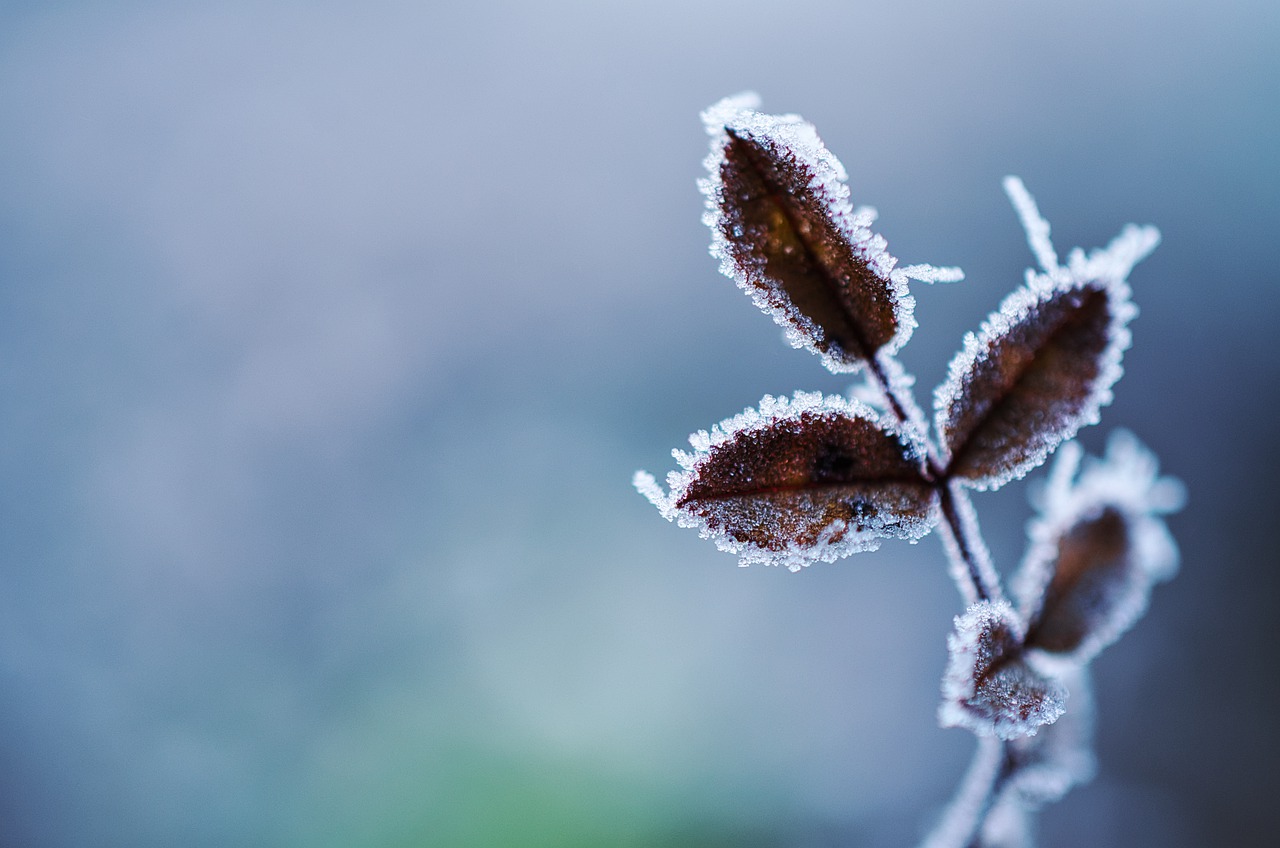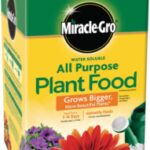
How To Make A Powerful Fertilizer For Houseplants In The Winter?

Winter can be a tough time for houseplants, as they are not getting the same amount of light and warmth that they would if they were outside. But just because the weather is getting colder, it doesn’t mean that you should neglect your green friends. To keep your houseplants healthy and happy during the winter, you need to give them a little extra TLC, including a powerful fertilizer. Here are a few ways to make your own fertilizer for houseplants in the winter, so you can keep your plants thriving even when the temperature drops.
-
Use a balanced, water-soluble fertilizer with a ratio of equal parts nitrogen, phosphorus, and potassium, such as a 20-20-20 fertilizer. This will provide your plants with the essential nutrients they need for healthy growth. Just like us, plants need a balanced diet too!
-
Mix a small amount of fertilizer with water and apply it to the soil every 1-2 weeks during the winter. Be sure not to over-fertilize, as too much can burn the roots and damage the plant. Trust me, you don’t want to see your plant turning into fertilizer!
-
Make a homemade fertilizer by mixing a small amount of fish emulsion or seaweed extract with water. These natural fertilizers are rich in essential nutrients and can be applied to the soil every 1-2 weeks during the winter. And the best part? You won’t have to worry about any chemical fertilizers harming your plants.
-
Use worm castings, it is a nutrient-rich organic fertilizer that is great for houseplants. Using worm castings is like giving your plants a spa day, they will feel rejuvenated and refreshed!
-
Use a Bone meal, it is a great source of phosphorus, which is essential for root growth and flower production. And if you’re lucky, your plants might even start singing “Another One Bites the Dust” because of how strong their roots will be!



